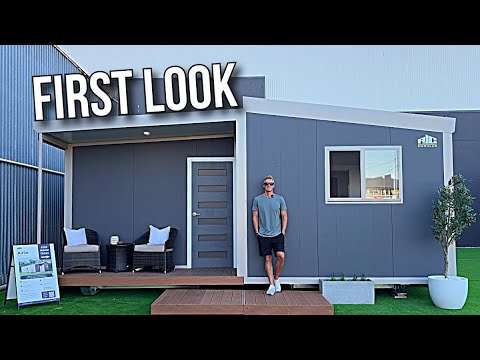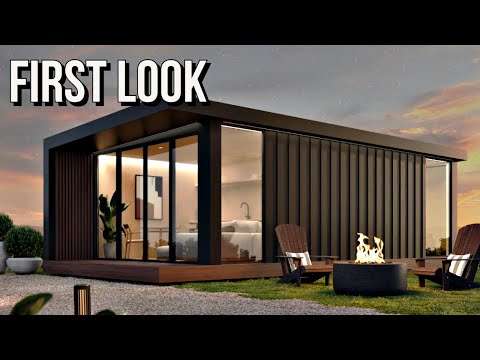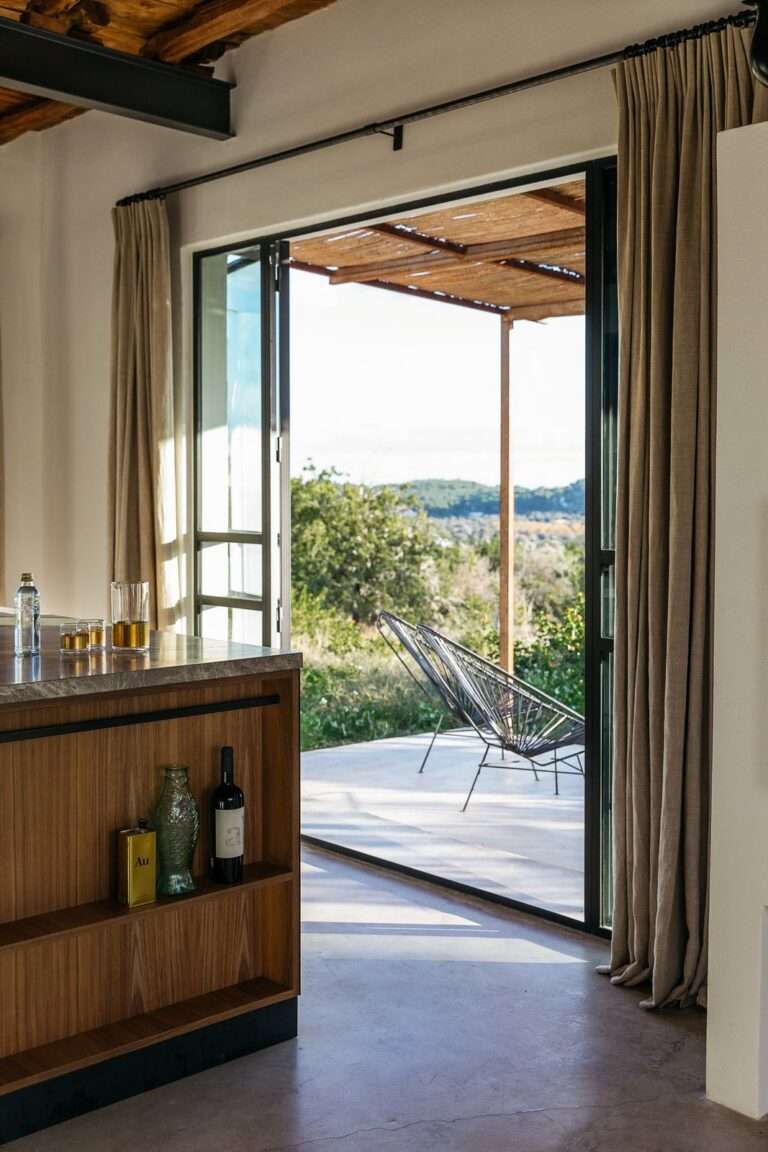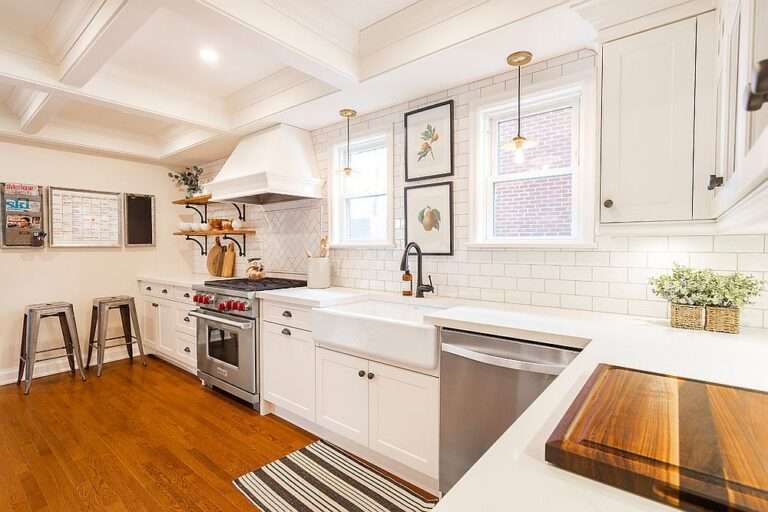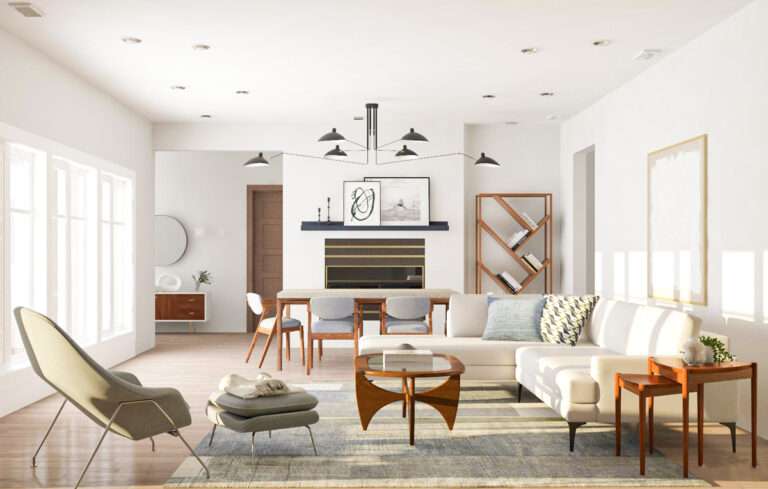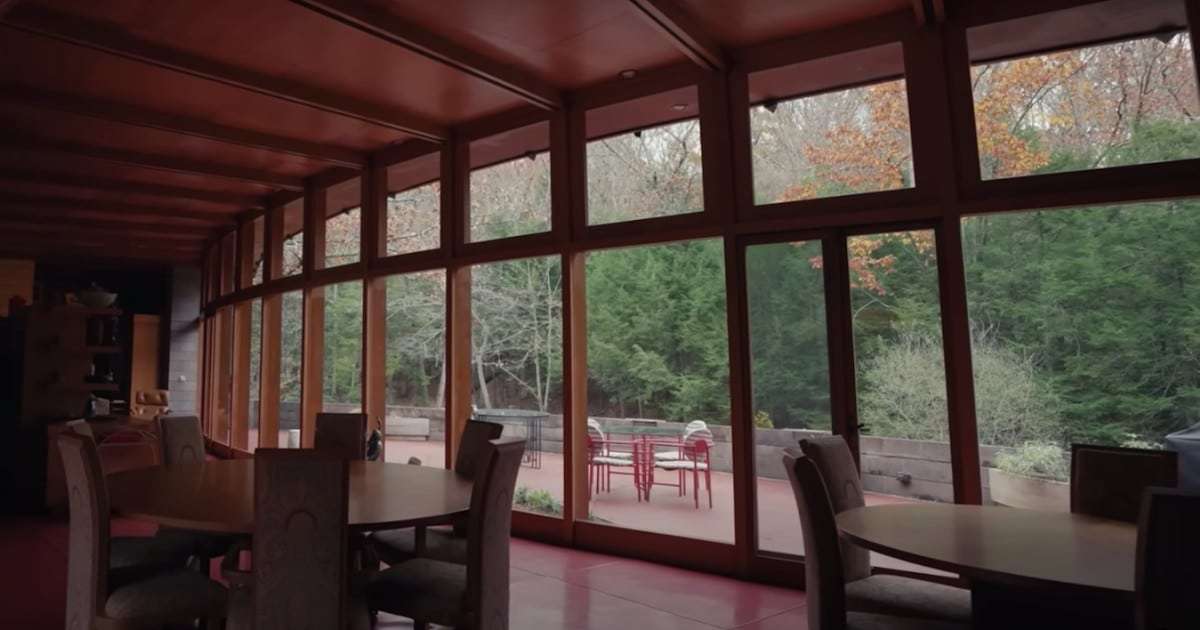
Famed architect Frank Lloyd Wright is best remembered for his sweeping architecture, including the Guggenheim Museum and Fallingwater. But some of the most celebrated aspects of his work can also be studied through some of his lesser known pieces, such as Tirranna. This house is located next to the Noroton River in Connecticut, and Architectural Digest recently shared an insightful video tour of the property alongside Stuart Graff, CEO of Frank Lloyd Wright Foundation.
Graff spotlights the solar hemicycle, the main curve that shapes the living space with floor-to-ceiling windows. In addition to blurring the line between indoors and outdoors, it can be regarded as an early form of sustainable design. By following the movement of the sun throughout the day, it naturally illuminates and heats the space, something vital during the winter months.
Throughout the tour, Graff takes time to revel in the details of Wright’s work. For example, he analyzes the contrast between Philippine mahogany and naked concrete. This shows not only Wright’s love for materials and making clear what the house was made from, but also offers an emotional experience by replicating the diversity of trees and bushes found in the woods.
Tirranna, an indigenous term for running water, also features some of Wright’s signature choices. For example, Graff lists the subdued shade of red on floor, a construction grid system, built-in shelves that control how the art and objects are displayed throughout the house, and the neatly designed chairs. Above all, Wright prizes the relationship between the house and the surrounding landscape—especially the river right beside it. The name, Tirranna, even references this, as an Australian Indigenous term for “running water.”
It’s thanks to all of these choices, Graff concludes, that the building seems to always have belonged in this setting. “When I first encountered Wright’s work as an 8-year-old boy, it was the space and the light that got me all excited,” he declares. “I now understand why that gives us the feeling that it does, why we feel different in a Frank Lloyd Wright house. That’s because he uses space and light to create this sense of intimacy with the world around us.”
Watch the Tirranna video tour above.
h/t: [Open Culture]
Related Articles:
3D Renderings of Frank Lloyd Wright’s Unbuilt Architecture Celebrate His Creative Genius
The Architecture of Frank Lloyd Wright: 10 Historic Buildings by the Legendary American Architect
Enjoy a Virtual Tour of Architect Frank Lloyd Wright’s Lost ‘Imperial Hotel’
Designers Help Bring Frank Lloyd Wright’s Unbuilt Projects to Life

